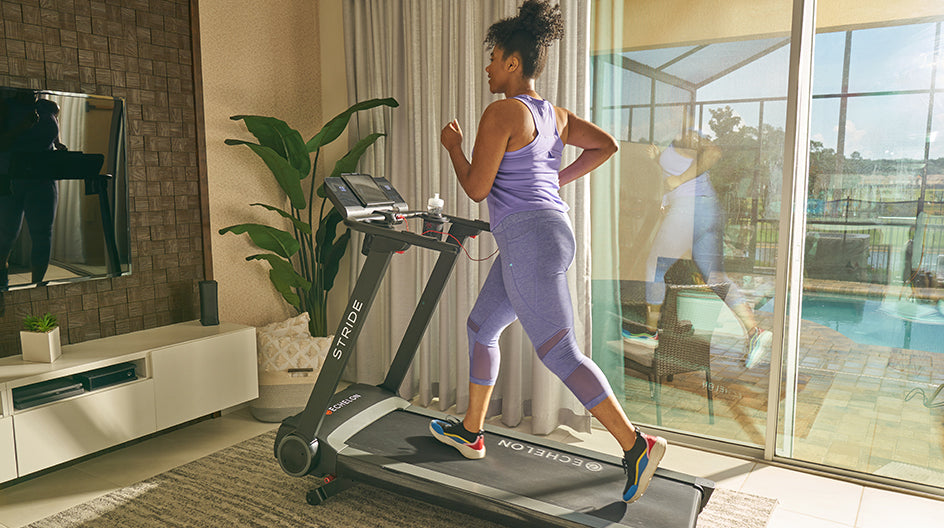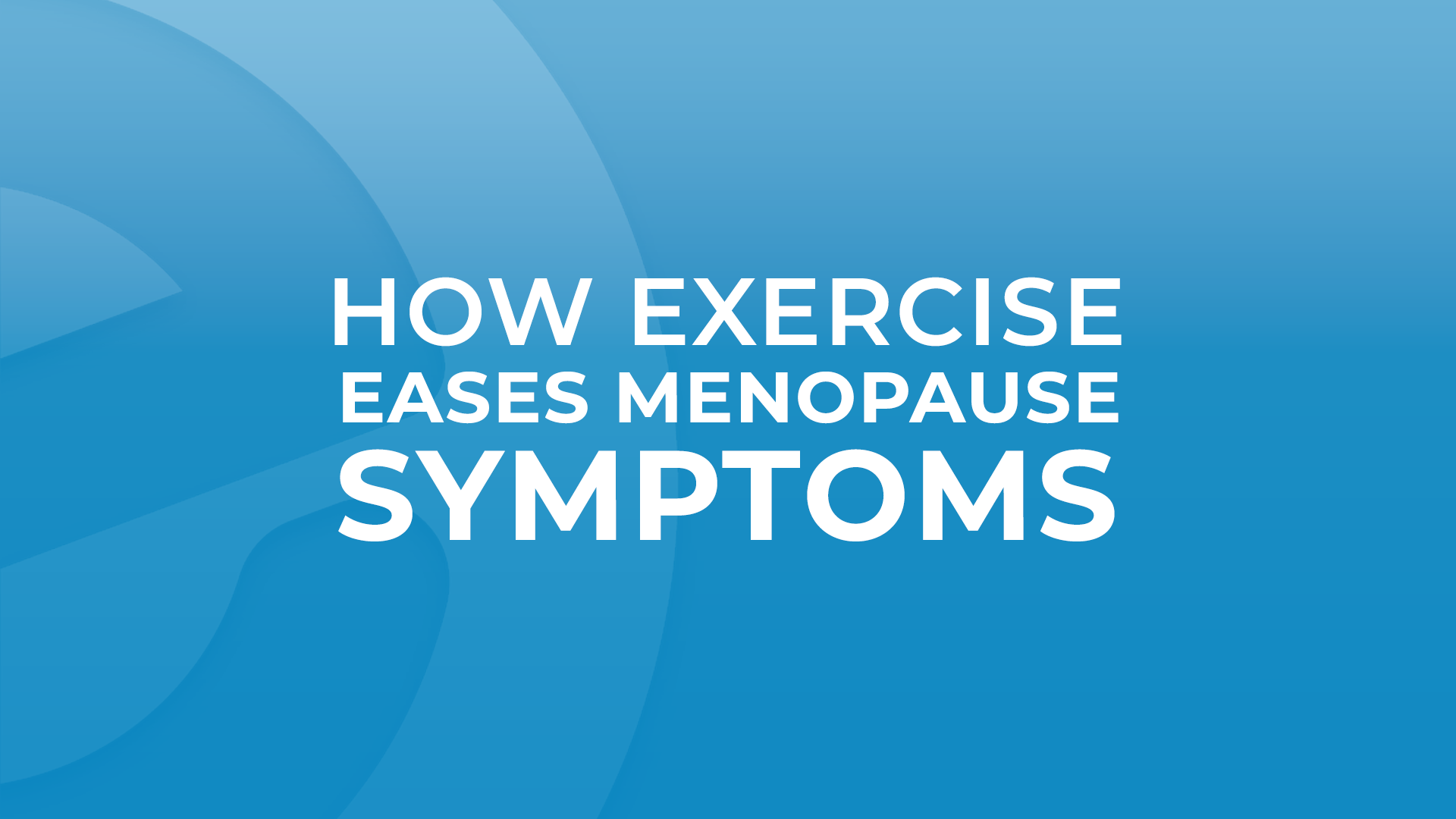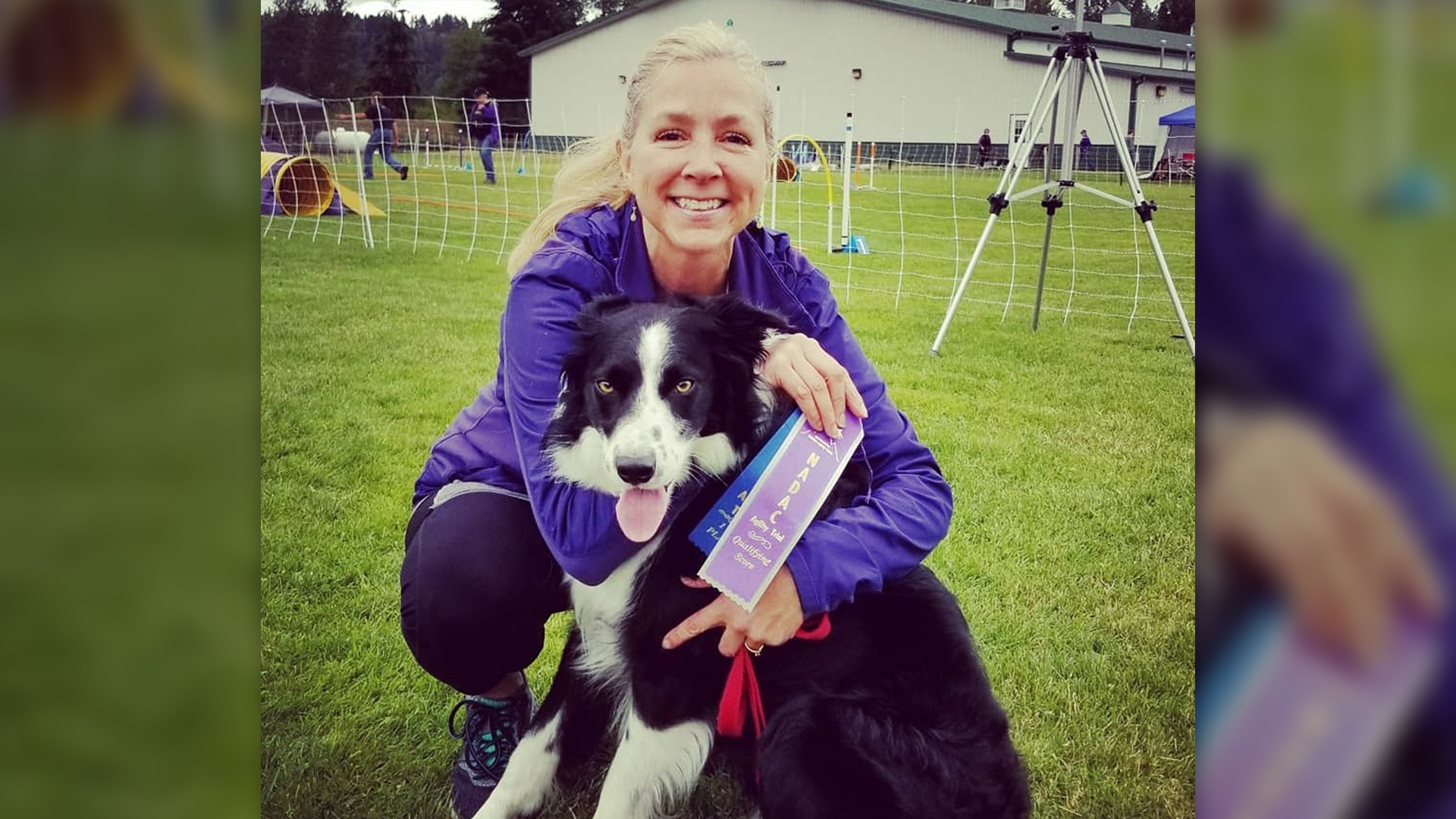It starts with Echelon
-
New Year Deals
-
Equipment
-
Membership
-
Merchandise
-
30-Day Home Trial
-
Why Choose Us?
-
Your Safety Matters
-
News
-
Gift Vouchers
-
Echelon Commercial
-
Member Login
-
Store Login
Connect Rowers
Strength Training
Smart Fitness Mirror
Stair Climber
It starts with Echelon

Smart Bikes

Smart Treadmills

Smart Rowers

Stair Climber

Smart Fitness Mirror

Strength Home
NEW!

Exercise Bench
NEW!

Adjustable Dumbbells
NEW!
SMART HOME ROWERS
Why choose Echelon?REFLECT FITNESS MIRROR
Why Choose Echelon?How Exercise Eases Menopause Symptoms

3 min read
Menopause affects all women between the average age of 45 – 55. Menopause is an umbrella term to describe the transition through perimenopause, menopause and postmenopause. There are many well-known symptoms of menopause but also some lesser-known symptoms. The symptoms of menopause can range from mild to severe, but regular exercise, such as indoor cycling workouts or using a rowing machine, can ease the severity of menopause symptoms.
What are the symptoms of menopause?
Some more well-known symptoms of menopause are hot flashes, insomnia, anxiety and brain fog. While some lesser-known symptoms include cold flushes, dry eyes, burning mouth, vertigo and skin sensitivities.
Some physical symptoms of menopause include weight gain, changes in skin and hair, joint pain and stiffness and headaches. There are also psychological symptoms of menopause including mood swings, anxiety and in some cases depression.
Depending on the severity some symptoms can interfere with your ability to exercise, if this is the case a reduction in intensity is the best way forward.
How does exercise reduce the symptoms of menopause?
Oestrogen is responsible for the development and regulation of the female reproductive system and plays many roles in our body. Oestrogen plays a role in maintaining bone density and connective tissue. During menopause we start to see a decline in oestrogen. When oestrogen drops off, we start to lose some of our protective elements. Exercise helps to take over the role oestrogen once played, helping us to maintain our bone density and protective tissue. Increasing your heart rate for 30 minutes a day can increase oestrogen levels, while sweating helps the liver break down excess oestrogen.
Menopause can bring about mood swings, irritability, and even depression due to hormonal changes. Regular exercise releases endorphins, which are natural mood lifters. It can reduce feelings of anxiety and depression and improve overall emotional well-being.
What kinds of exercise ease symptoms of menopause?
Weight-bearing exercises, such as walking, jogging, and weightlifting, can help strengthen bones and help maintain bone density. More severe symptoms may prevent rigorous exercise, in this case gentle stretching and walking can also be helpful to release endorphins.
Resistance training is a great way to maintain muscle mass, which helps maintain metabolism which naturally slows in menopause. Maintaining muscle mass also helps prevent osteoporosis, linked to a decrease in bone density. Using a rowing machine is a great option for resistance training.
Cardio is also a great choice to ease menopause symptoms. Cardiovascular exercises improve circulation, releases endorphins, and helps balance hormones. Indoor cycling workouts are a popular choice for cardio exercise.
What other factors can contribute to easing symptoms?
Exercise is not the only factor that can ease menopause symptoms. A balanced diet and reducing stress where possible can help to ease menopause symptoms. A diet rich in complex carbohydrates, lean proteins, and iron can help combat fatigue and maintain energy levels during menopause. Engaging in activities, such as reading, hobbies, or spending time in nature can relieve stress and promote relaxation. Sharing your feelings and experiences with others can be comforting and reduce feelings of isolation and stress.

Why Echelon is Different
See why we are the most affordable and best value at home fitness on the market.
Related Posts
Your Cart
There is currently no items in the cart.
See our best deals


















